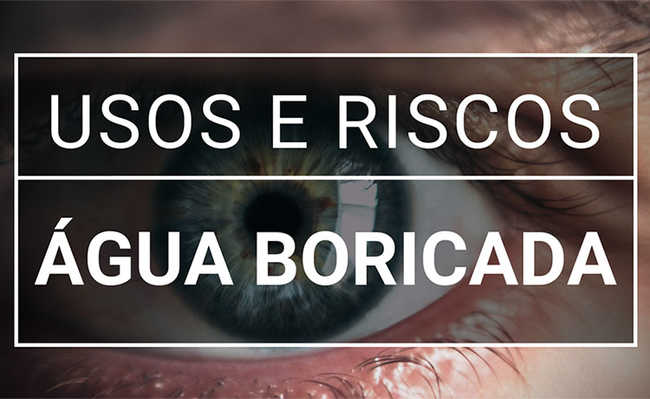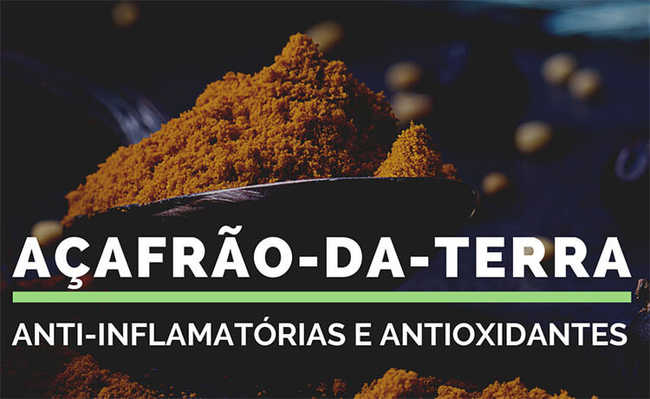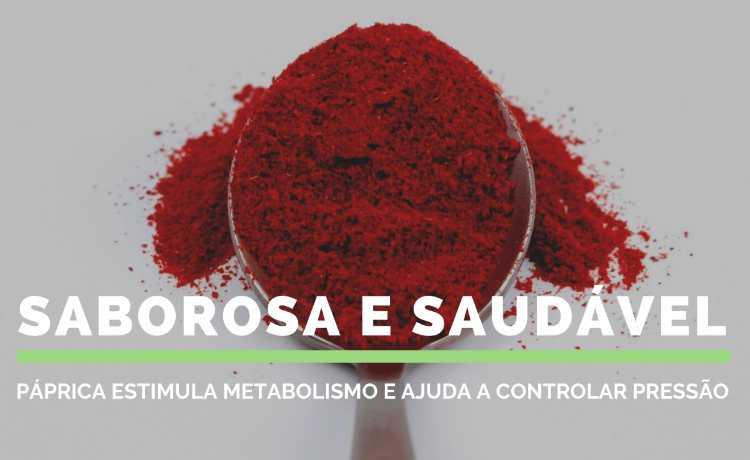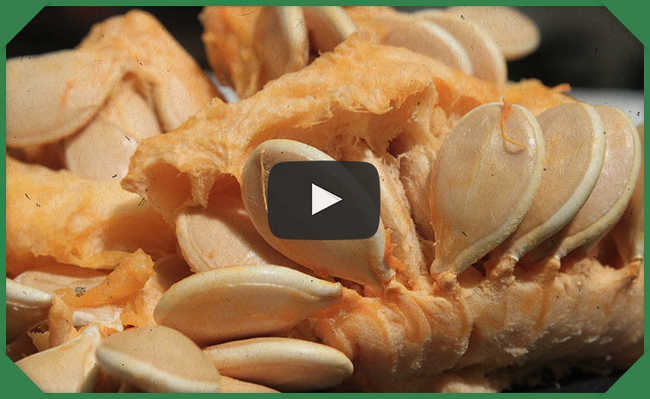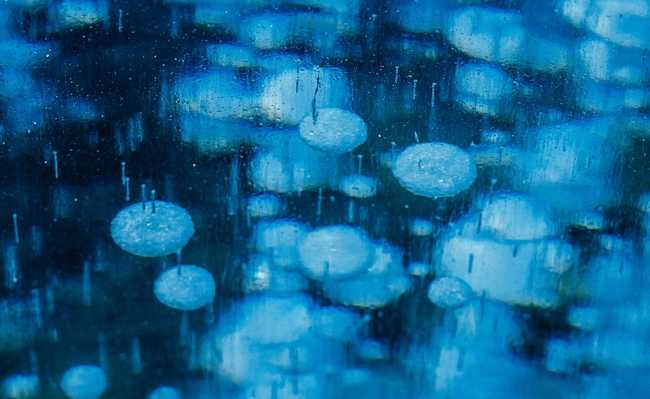Seven foods rich in vitamin D
In addition to being synthesized when we sunbathe, vitamin D is also available in some foods.

Image: Caitlin McLean on Unsplash
Vitamin D is the only nutrient our bodies produce when exposed to sunlight. However, it is estimated that up to 50% of the world's population may not take in the amount of sun that would be enough (see study about it: 1). This is in part because people spend more time indoors, wear sunscreen outdoors, and follow a Western diet with few vitamin D-rich foods.
The recommended daily intake (RDI) of vitamin D from food is 800 IU (International Unit), which is equivalent to 20 micrograms (2). If you don't get enough sun, your intake should be even higher, close to 1,000 IU (25 mcg) per day (3).
Discover 7 foods rich in vitamin D
1. Salmon
Salmon is a popular fatty fish and an excellent source of vitamin D.
According to the US Department of Agriculture (USDA) Food Composition Database, a 100 gram serving of farmed Atlantic salmon contains 526 IU of vitamin D, which is equivalent to 66% of the RDI (4 ).
There is a big difference between wild and farmed salmon. On average, wild caught salmon contains 988 IU vitamin D per 100 gram serving or 124% of the RDI. Some studies have found even higher levels in wild salmon - up to 1,300 IU per serving (see studies on this: 5 and 6).
Farmed salmon, on the other hand, contains only 25% of that amount. Still, a serving of farmed salmon provides about 250 IU of vitamin D or 32% of the RDI (5).
- Salmon: an unhealthy meat
- Aquaculture Salmon Consumption May Be Less Healthy Than You Think
2. Herring and sardines
Herring is a fish eaten all over the world. It can be eaten raw, canned, smoked or pickled. This small fish is also a great choice among foods rich in vitamin D.
Fresh Atlantic herring provides 216 IU of vitamin D every 100 grams, which represents 27% of the RDI (7). If you don't like fresh fish, pickled herring is also rich in vitamin D, providing 112 IU per 100 gram serving, or 14% of the RDI.
However, pickled herring also contains a large amount of sodium, whose intake must be controlled (8). Canned sardines are also a good source of vitamin D - one can contains 177 IU or 22% of the RDI (9).
Other fatty fish are also food choices rich in vitamin D. Sole and mackerel provide 190 IU and 643 IU per 100 g, respectively (see sources: 10 and 11).
- Ghost fishing: the invisible danger of fishing nets
3. Cod liver oil
Cod liver oil is a popular supplement, available in liquid and capsule form. If you don't like fish, taking cod liver oil can be the key to getting certain nutrients that aren't available from other sources.
It is an excellent source of vitamin D - at around 448 IU per teaspoon (4.9 ml), which equates to 56% of the RDI. This supplement rich in vitamin D has been used for many years to prevent and treat deficiencies in this nutrient in children (see studies on this: 12 and 13).
Cod liver oil is also a fantastic source of vitamin A, with 150% of the RDI in just one teaspoon. However, vitamin A can be toxic in large amounts. So be careful with cod liver oil, making sure you don't take too much.
In addition, cod liver oil is rich in omega-3 fatty acids, which many people are deficient in, but the excess of which can also be harmful.
4. Canned tuna
Many people like canned tuna because of its flavor and ease of storage. Canned tuna are also often cheaper than buying fresh fish.
Canned light tuna can have up to 268 IU of vitamin D per 100 grams (34% of the RDI). It is also a good source of niacin and vitamin K (14).
Unfortunately, canned tuna contains methylmercury, a toxin found in many types of fish. If the substance accumulates in your body, it can cause serious health problems (15).
However, some types of fish pose less risk than others. For example, light tuna is usually a better choice than albacore tuna – it is considered safe to eat up to 170 grams per week (16).
5. Egg yolks
People who do not eat fish should know that seafood is not the only food rich in vitamin D. Whole eggs are another good source as well as being very nutritious food.
While most of the protein in an egg is found in the white, the fat, vitamins and minerals are mostly found in the yolk. A typical egg yolk contains 37 IU of vitamin D, or 5% of the RDI (see related studies: 6 and 23).
Egg yolk vitamin D levels depend on sun exposure and the vitamin D content available in chicken feed. When given the same feed, free-range chickens (and therefore exposed to sunlight) produce eggs with 3 to 4 times higher levels of vitamin D (24).
In addition, eggs from chickens that receive vitamin D-enriched feed can have up to 6,000 IU of vitamin D per yolk. This amount is 7 times greater than the IDR (25) - but don't worry, any excess vitamin D will be eliminated by your body.
Choosing eggs from free-range or high-vitamin-fed chickens can be a great way to meet your daily needs.
6. Mushrooms
Excluding fortified foods, mushrooms are the only good plant source of vitamin D. Like humans, mushrooms can synthesize this vitamin when exposed to UV light (26).
However, mushrooms produce vitamin D2, while animals produce vitamin D3. Although vitamin D2 helps to increase blood levels of vitamin D, it may not be as effective as vitamin D3 (sources: 27 and 28).
Wild mushrooms, on the other hand, are excellent sources of vitamin D2 - some varieties are as high as 820 IU in a one-pound serving - nearly three times the RDI (29). Commercially grown mushrooms are often grown in the dark and contain very little D2.
However, certain brands are treated with ultraviolet (UV light). These mushrooms can provide 130 to 450 IU of vitamin D2 every 100 grams (30).
7. Fortified foods
Natural sources of vitamin D are limited, especially if you're a vegetarian or don't like fish. Fortunately, some food products that do not naturally contain vitamin D are fortified with this nutrient.
Cow's milk is a good source of many nutrients, including calcium, phosphorus and riboflavin (31). In several countries, the product is still fortified with vitamin D. Generally, this type of milk contains about 115-130 IU per cup (237 ml), or about 15 to 22% of the RDI (source: 6 and 32).
- Is milk bad? Understand
Because vitamin D is found almost exclusively in animal products, vegetarians and vegans are at particularly high risk of not getting enough (33). For this reason, plant-based milk replacers such as soy milk are often fortified with this nutrient and other vitamins and minerals normally found in cow's milk.
- Is soy milk beneficial or bad?

